ChatGPT is now a shopping assistant with a new Instant Checkout feature
OpenAI and Stripe launch an AI shopping protocol inside ChatGPT. Here’s what it means for brands and merchants.
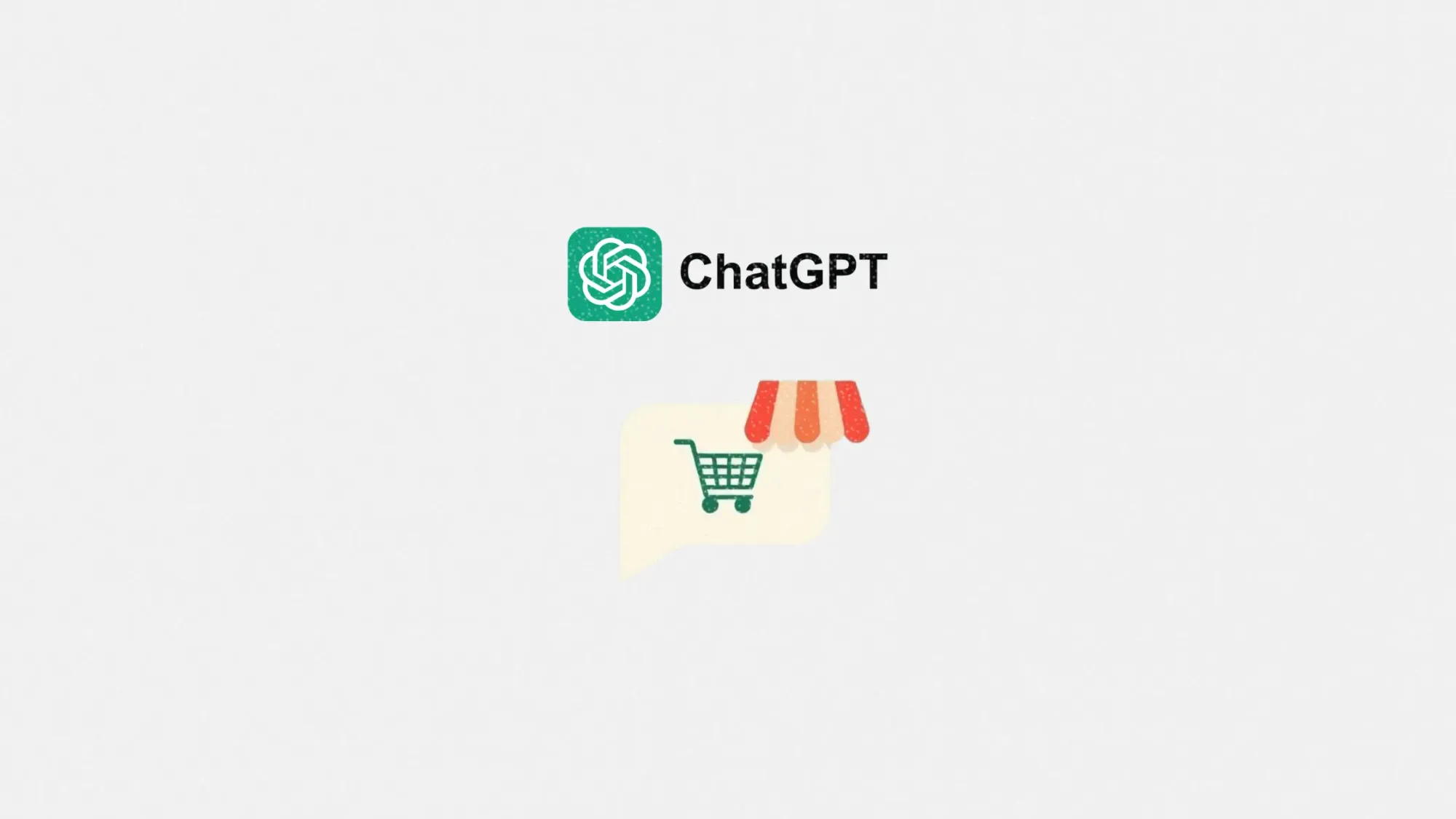
ChatGPT isn't just answering product questions anymore. OpenAI just introduced a new feature called Instant Checkout, letting users purchase products directly inside ChatGPT conversations.
Starting this week, the feature is available to ChatGPT Plus, Pro, and Free users in the US. It supports purchases from Etsy sellers, with Shopify merchants like Glossier, SKIMS, Spanx, and Vuori coming soon.
This article explores how OpenAI's move into "agentic commerce" could impact online retailers, reshape the buyer journey, and what marketers should consider as AI platforms start doing the selling.
Short on time?
Here’s a table of contents for quick access:
- What is Instant Checkout?
- OpenAI’s new commerce protocol explained
- Why this matters for ecommerce and brand marketers
- What marketers should know

What is Instant Checkout?
Instant Checkout allows ChatGPT users to buy products in a few clicks without leaving the chat. When someone asks a product-related question like "best gifts for a ceramics lover," ChatGPT returns results based on relevance, not ad spend or paid placement.

If a product supports Instant Checkout, users can tap “Buy,” confirm purchase details, and complete the transaction. For now, it’s limited to single-item purchases, but OpenAI says support for multi-item carts, more merchants, and additional countries is coming.
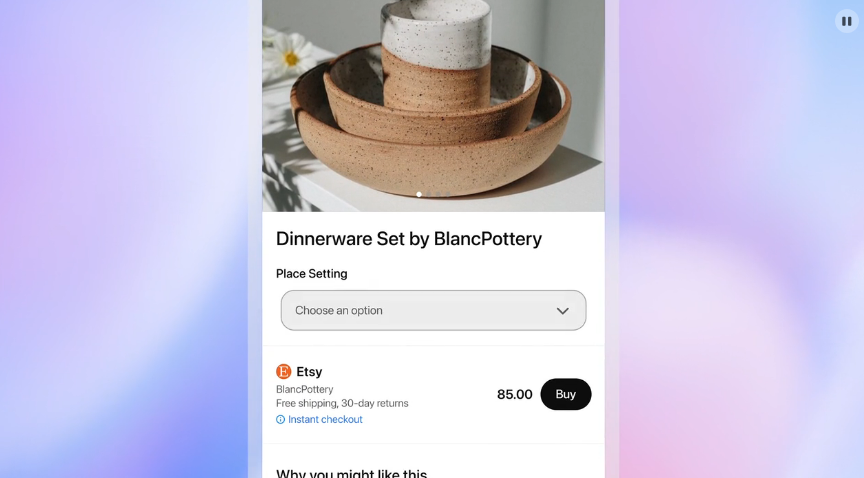
OpenAI emphasized user control and security. Purchases require explicit confirmation, payment info is encrypted, and no data is shared without consent. Merchants keep control over fulfillment and customer relationships, and users don’t pay any extra fees to use the feature.
OpenAI's new commerce protocol explained
The real innovation here isn’t just the checkout button. It’s the infrastructure behind it. OpenAI and Stripe co-developed the Agentic Commerce Protocol, a new open standard for enabling AI to participate in ecommerce.
Instead of building a closed shopping ecosystem, OpenAI is open-sourcing the protocol, giving any merchant the option to integrate it without overhauling their systems. Those already using Stripe can add agentic payments with one line of code. Others can integrate via Stripe’s Shared Payment Token API or the protocol’s Delegated Payments Spec.
Stripe President of Technology and Business, Will Gaybrick, called the move part of "re-architecting today’s commerce systems" to power AI-native shopping experiences.
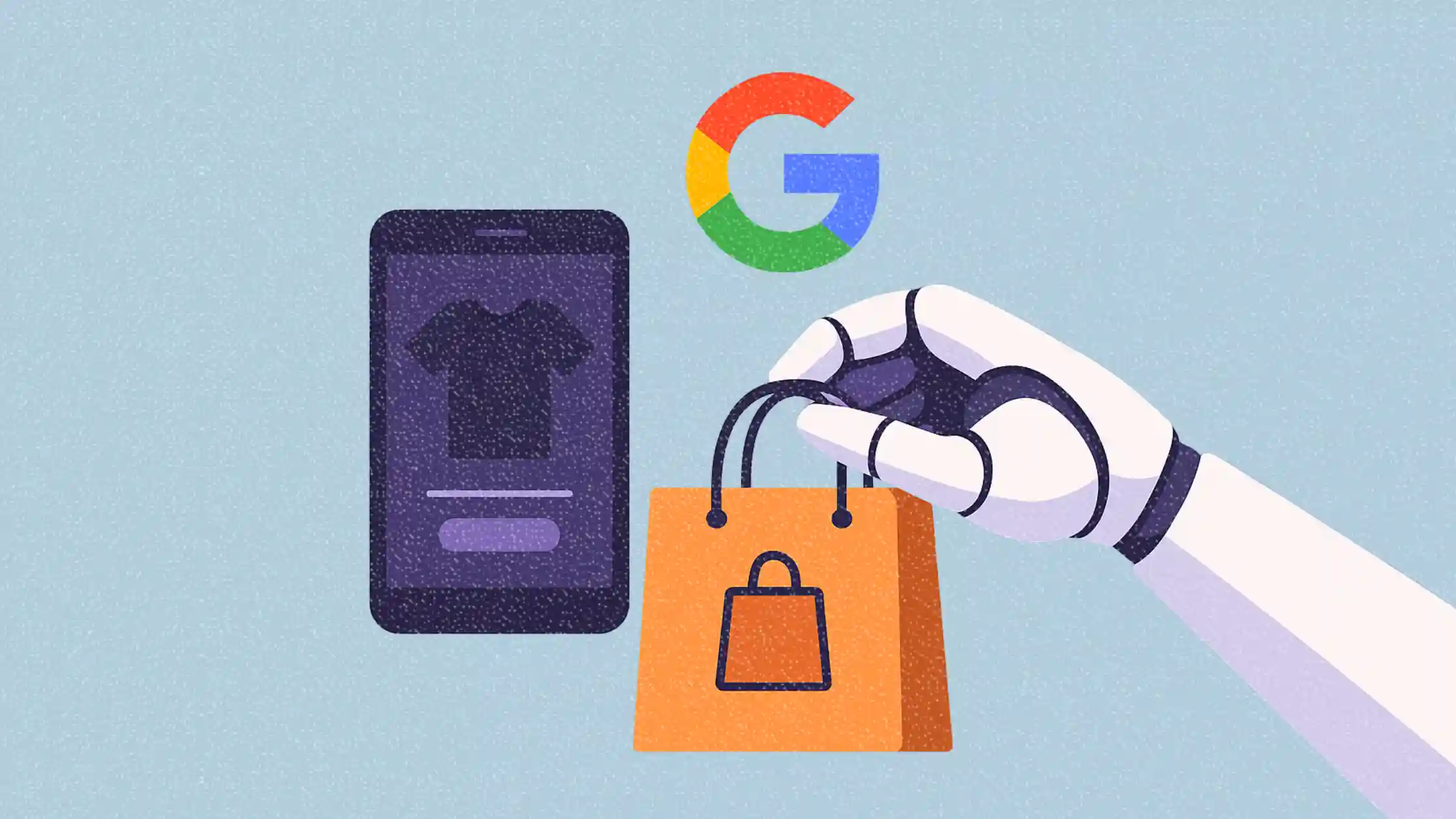
Why this matters for ecommerce and brand marketers
The launch signals a deeper shift. AI isn’t just helping people decide what to buy. It’s now helping them actually buy it. ChatGPT becomes not just a product discovery tool, but a transactional platform.
That has major implications for how brands show up in AI-driven environments. Etsy’s Chief Product and Technology Officer, Rafe Colburn, said ChatGPT helps them reach buyers "even when they don’t think to come to Etsy." Shopify’s VP of Product Vanessa Lee noted it allows merchants to meet "high-intent shoppers in relevant conversations."
For marketers, this represents a pivot point. Conversations are turning into storefronts.
What marketers should know
Here’s how ecommerce brands and marketers should be thinking about this new AI-powered shopping flow:
1. Start planning for AI-native product listings
If you're a Shopify or Etsy seller, make sure your product data is clean, optimized, and descriptive. AI ranking is based on relevance, not paid placement, so product metadata and quality descriptions will matter more than ever.
2. Rethink where conversions happen
This marks a break from the traditional funnel. Shoppers won’t always land on your site or product page. They might buy directly from a ChatGPT reply. Consider how your conversion tracking and attribution models account for these touchpoints.
3. Prep your tech stack for agentic integration
If you’re already using Stripe, enabling agentic commerce could be simple. But you’ll still want to ensure your order, fulfillment, and customer service workflows can handle AI-initiated orders seamlessly.
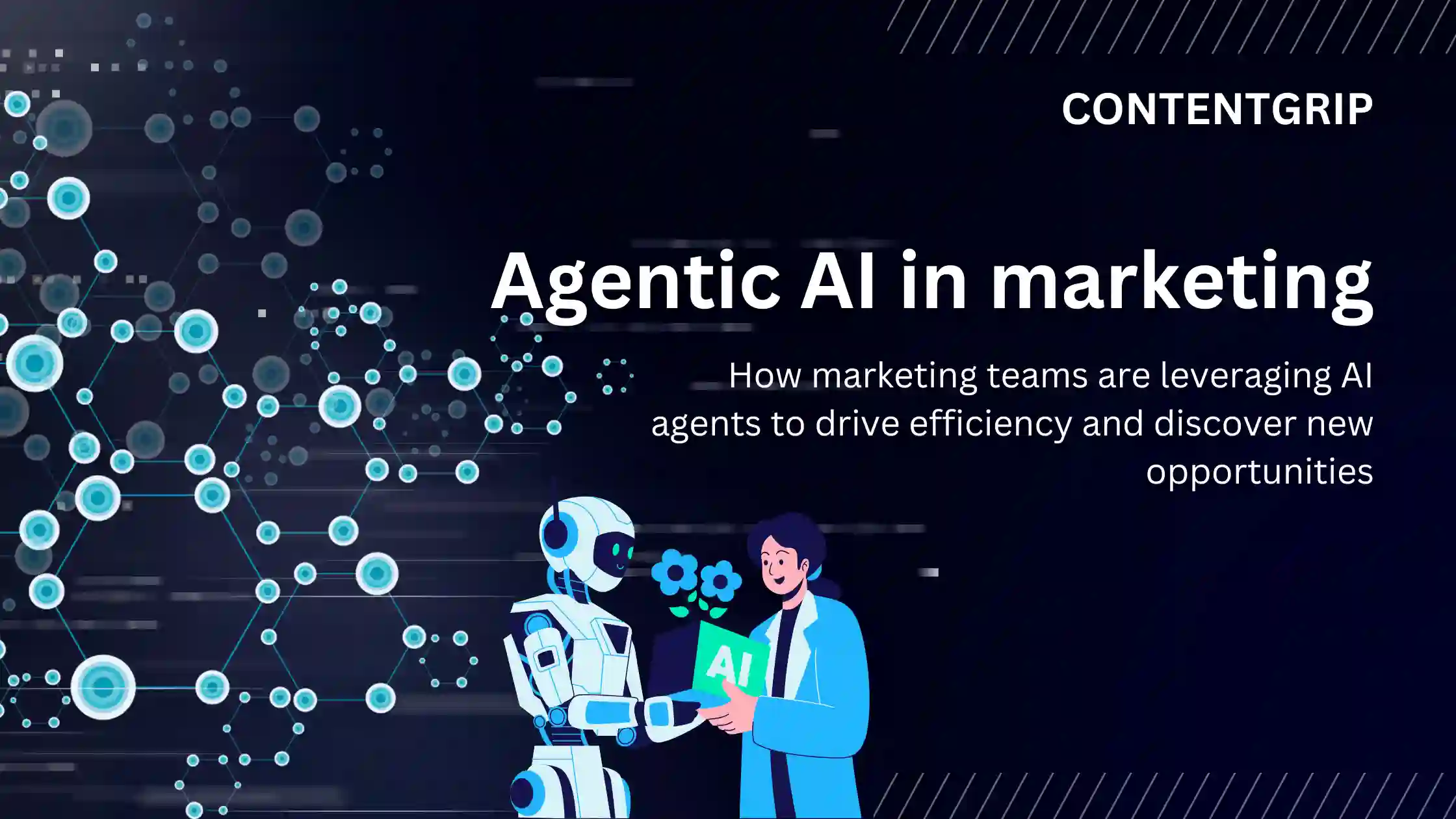
4. Stay visible without paying for placement
ChatGPT says it won't prioritize Instant Checkout listings in product results. That makes organic relevance and brand presence key. If you're hoping to stay visible in these AI conversations, content and relevance will likely matter more than paid ads.
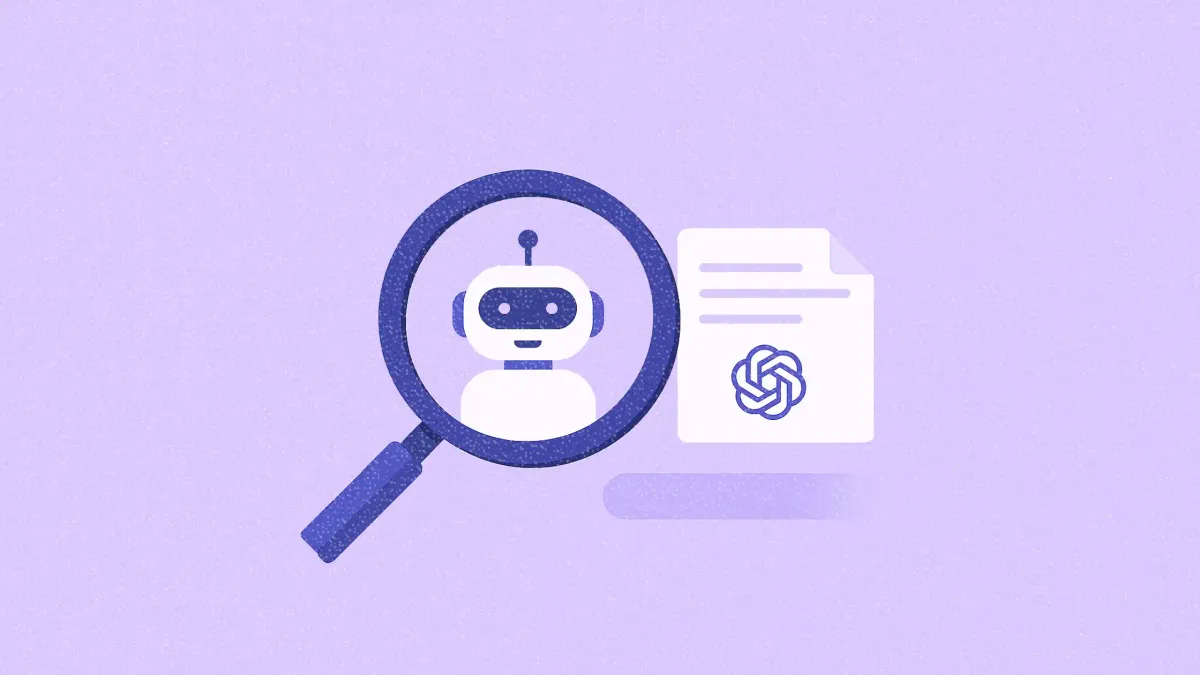
5. Monitor user trust and transparency
As AI handles more transactional tasks, users will expect transparency about how and why certain products are shown. Marketers should ensure that their integrations respect user trust, especially when it comes to data sharing and payment handling.
Conclusion: AI commerce is no longer a future trend
OpenAI’s rollout of Instant Checkout marks the first meaningful shift toward agentic commerce, where AI doesn’t just recommend but also completes transactions.
With nearly half of global consumers already using ChatGPT or similar tools for shopping, and over 50 percent open to AI making purchases on their behalf, marketers should take this development seriously. It’s not just a new channel. It’s a new kind of conversion journey.
Staying ahead means adapting now. Whether you're a brand manager, ecommerce strategist, or retail marketer, it’s time to start building for the world where shopping is a conversation.







